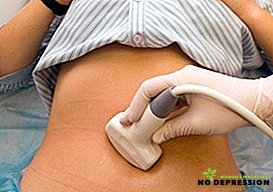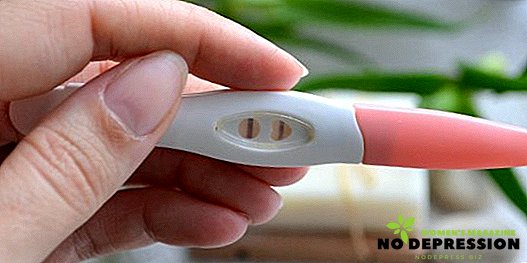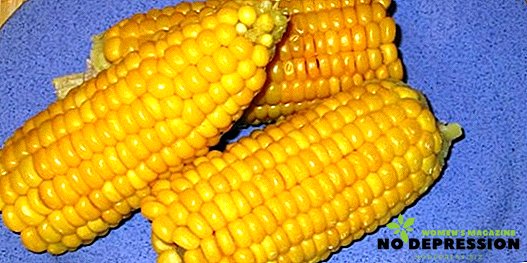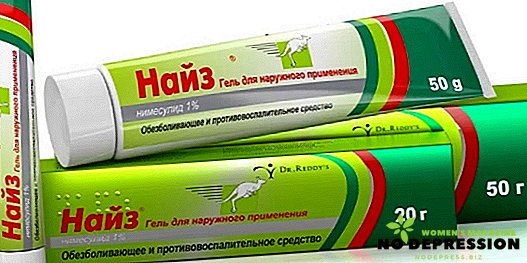Water in the abdomen is an alarming symptom that the doctor diagnoses on ultrasound. It is recommended to undergo such an examination if the patient notices an increase in the abdominal cavity. Such a complaint should not be left unnoticed by a specialist, as a cancer can be fatal.

What is ascites?
This is a dangerous disease in which a large amount of fluid accumulates in the abdominal cavity. Other organs can suffer from this: the heart, lungs. Pathology is not inflammatory. In the abdominal region with this disease, which is popularly called "frog belly", up to 20 liters of fluid can accumulate.
In more than 75% of cases, this problem is a consequence of progressive cirrhosis. The main task of the doctor is to remove the symptoms and prolong the periods of remission.
Let's see what the problem is and why fluid accumulates. The peritoneum, which lines the walls of the organ, releases a small amount of fluid - in its composition it resembles plasma and is necessary for the normal functioning of the organs, otherwise they simply stick together.
Fluid is secreted and absorbed throughout the day, however, when exposed to pathological factors, this process may be disturbed. Due to imbalance, intra-abdominal pressure begins to rise, the abdomen increases in size, fluid appears.
Why can accumulate fluid in the abdominal cavity
One of the reasons is cirrhosis of the liver, but this is not the only provoking factor. So, it should be remembered that the pathology develops slowly and the first months of the month may not manifest themselves. And the problem is that this disease is quite difficult to treat, the main thing is to eliminate the factor that causes this disease.
Most often, the appearance of fluid in the abdominal cavity leads to:
- heart diseases;
- the presence of malignant tumors;
- abdominal tuberculosis;
- problems in the endocrine system;
- gynecological diseases.
 It is important to note that not only adults, but also children suffer from ascites.
It is important to note that not only adults, but also children suffer from ascites.
Moreover, pathological processes can occur even when the fetus is in the womb, which is associated with congenital defects of the liver. Most often this occurs in the presence of infectious diseases in the mother: rubella, herpes, measles, etc. Also at risk are those children whose mothers during pregnancy smoke, abuse drugs, strong drugs.
Ascites can occur with diabetes, as a result of blood transfusions. To avoid the appearance of such a problem in infants, pregnant women should avoid trips to tattoo artists.
Symptoms and symptoms
The main symptom that is worth paying attention to is the appearance of free fluid, which is not naturally eliminated from the body. As a result, the belly grows in size, and over time this problem only gets worse.
From the outset, you can not notice this, but with the development of the disease, the opportunity to strain the stomach or to relax it disappears.
Additional symptoms include:
- stomach ache;
- weight gain;
- the appearance of shortness of breath;
- heartburn;
- general discomfort;
- swelling of the legs.
Diagnosis of the disease
To determine this disease only by examining the patient is quite difficult. A description of the symptoms is required by the doctor to collect information, but to deliver a final analysis, this is not enough. It is necessary to pass an examination that will help determine the nature and stage of the disease.
Diagnosis includes the following:
 Ultrasound. With it, you can examine the systemic circulation, see cirrhosis, if any, any tumors. This method is simple, painless, but does not detect the problem at an early stage.
Ultrasound. With it, you can examine the systemic circulation, see cirrhosis, if any, any tumors. This method is simple, painless, but does not detect the problem at an early stage.- X-ray Using this method, you can determine the volume of fluid in the abdominal cavity. In addition, it is possible to identify cirrhosis, foci of tuberculosis, check the heart.
- Laparocentesis. It is an invasive method, that is, you need to do the sampling and analysis of material in the laboratory.
- Liver biopsy, which allows to determine the degree of pathological processes.
- MRI and CT. These methods will allow you to see the presence of pathologies even in hard-to-reach departments.
- Angiography. With this method, a contrast agent is injected into the vessels, this will allow to determine the etiology of the disease.
Treatment of ascites with traditional medicine methods
After the diagnosis, doctors can put a preliminary forecast, determine the appropriate treatment regimen. The approach for this disease should be comprehensive, and with the running form, the operation cannot be excluded. It all depends on the symptoms, the stage of the disease.
At first, doctors try to remove the source of fluid conservatively, but if it continues to accumulate, and the previous methods did not help, you will have to prepare for an operation. But let's talk more.
The main goal of drug treatment is to remove the fluid using a non-invasive method. Treatment will only be effective at an early stage, when the cavity is partially filled. In this case, diuretics are usually prescribed (Diacarb or Torasemide) and drugs with a high content of calcium (Asparkam). Additionally, you can register taking multivitamin complexes.

If the treatment with pills did not help, prescribe surgery.
Surgery involves:
- Laparocentesis. In this case, conduct a puncture of the abdominal cavity for discharge of fluid. The procedure can be delayed for 2-3 days, can not do without hospitalization.
- Shunting In this case, the doctors are forming a duct to ensure fluid exchange and pressure stabilization.
- Liver transplantation. This method is usually used in oncology or in the final stages of cirrhosis.
In addition, it is necessary to adhere to therapeutic nutrition, which will reduce the accumulation of fluid, prolong the period of remission, eliminate the main symptoms. During this period, the diet should include raisins, dried apricots, spinach.
Nontraditional treatments
Some people try alternative medicine, but it can be useful only if the disease is at an early stage and there is little fluid in the cavity; there are no complications.
As an excellent prophylactic act pumpkin, which improves liver function. Because it is so important to include in the diet porridge and other dishes with this product.
A good diuretic is a decoction of parsley. Take 2 tbsp. herbs, soak in 200 ml of boiling water. Capacity with the mixture to cover and leave to infuse for two hours. Drink a drink 5 times a day in 100 ml. You can replace the water with milk.
Diuretics can be prepared from the beans: take 2 tbsp. beans, make a decoction, boil for 15-20 minutes in 2 liters of water. Drink three times a day, 100 ml.
Finally, it must be said that timely treatment and compliance with all the recommendations of a doctor will help to avoid serious health problems.


 Ultrasound. With it, you can examine the systemic circulation, see cirrhosis, if any, any tumors. This method is simple, painless, but does not detect the problem at an early stage.
Ultrasound. With it, you can examine the systemic circulation, see cirrhosis, if any, any tumors. This method is simple, painless, but does not detect the problem at an early stage.









